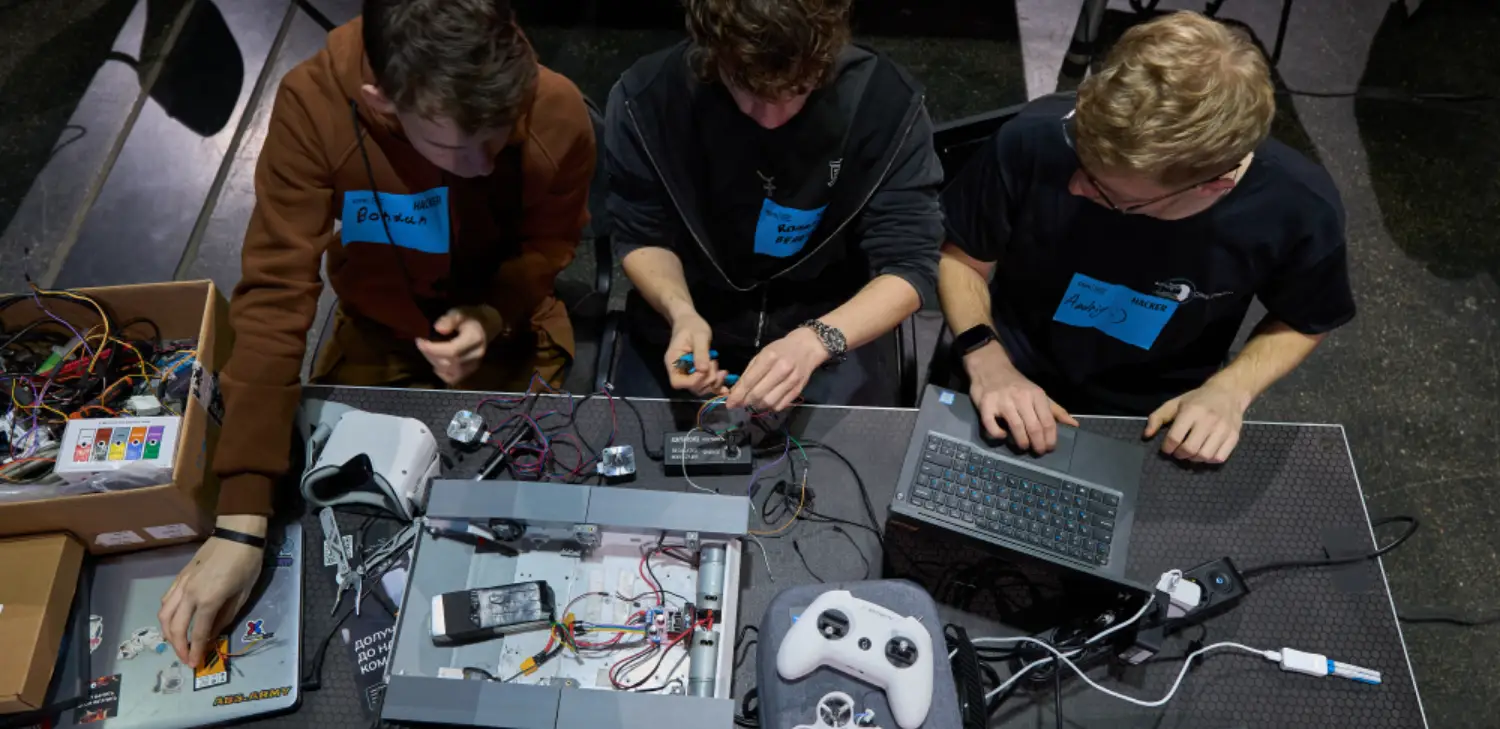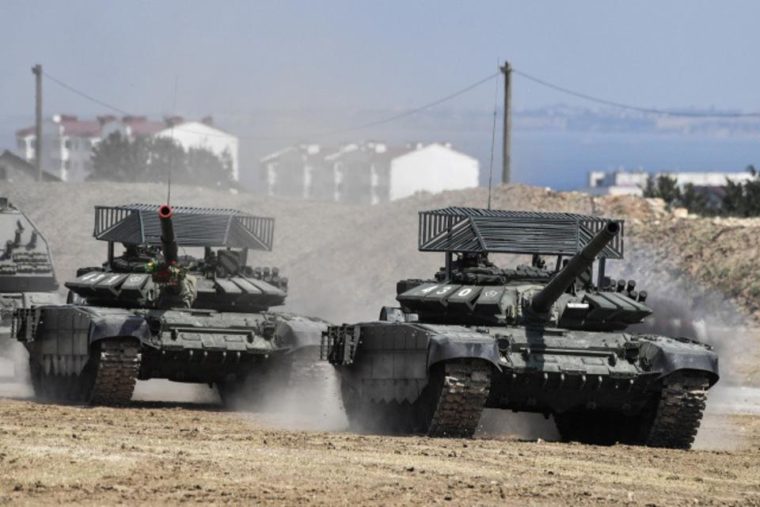A short-range radar that could spot FPV drones without having to detect their radio frequency signature.
An open-source intelligence data crawler that can autonomously discover military threats ahead of time.
A way for permanently-injured soldiers to operate air defense systems.
Representatives of the Ukrainian armed forces chose these as the winning projects at the four-day European Defense Tech Hackathon, which brought together hundreds of techies and over a dozen companies from across Ukraine and Europe.
It was the first event of its kind held in Kyiv, with previous hackathons taking place in Lviv, Prague, Paris, and elsewhere. The winning teams will go on to develop and implement these solutions for the military, under the guidance and supervision of experienced service members.
“Defense technologies must be built with the soldiers who know what actually works in combat,” Viktoriia Honcharuk, head of defense tech at Zmiinyi (Snake) Island Institute that sponsored the hackathon, said in a statement.
Participants gathered in the capital from 6-9 November to develop solutions related to air defense, anti-drone systems, autonomous interception, and multi-sensor data.
A $1,000 radar to detect Russia's FPV drones
They split into 32 teams, trying to tackle these challenges from many different directions, under the guidance of people from the 3rd Army Corps, the 3rd Separate Assault Brigade, and the 412th Separate Brigade of the Unmanned Systems Forces “Nemesis.”
Team Uvaga’s solution for FPV detection is a 60+ GHz wave surveillance radar which can be assembled from easily accessible dual-use components for under $1,000. The team reported that it can be mounted on a fixed observation platform, on a surveillance drone, or on short-range gun turrets.
Team Genova tried to tackle the problem of analyzing open-source intelligence for early warning of Russian strikes, which takes lots of time and effort. They came up with a system that uses existing AI platforms to scan through online data and detect information that can warn users of upcoming attacks on a specified location.
Giving veterans a new way to fight: The synthetic hand that flies drones
Trending Now
And team A1 showed a video of a drone control panel that can be operated with a synthetic hand. By implementing this handicap accessibility, people with damaged limbs may be able to operate UAVs and participate in air defense, among other drone operator roles.
Other teams created concepts for automated interceptor drones that fire rockets and shotguns, systems that could allow a single pilot to fly multiple drones simultaneously, improved sensors and guidance systems, new training systems, and unmanned ground vehicles that can recover other UGVs from the battlefield.
“Some technologies live for months, some for weeks, that's why we must have a very fast cycle of development of new technologies,” Yevhenii Panchenko from the 3rd Separate Assault Brigade, said in a statement.
“The way to win this war is to be ahead of our enemy. We need new technologies, constant developments, and we have to think about the future changes on the battlefield all the time.”





